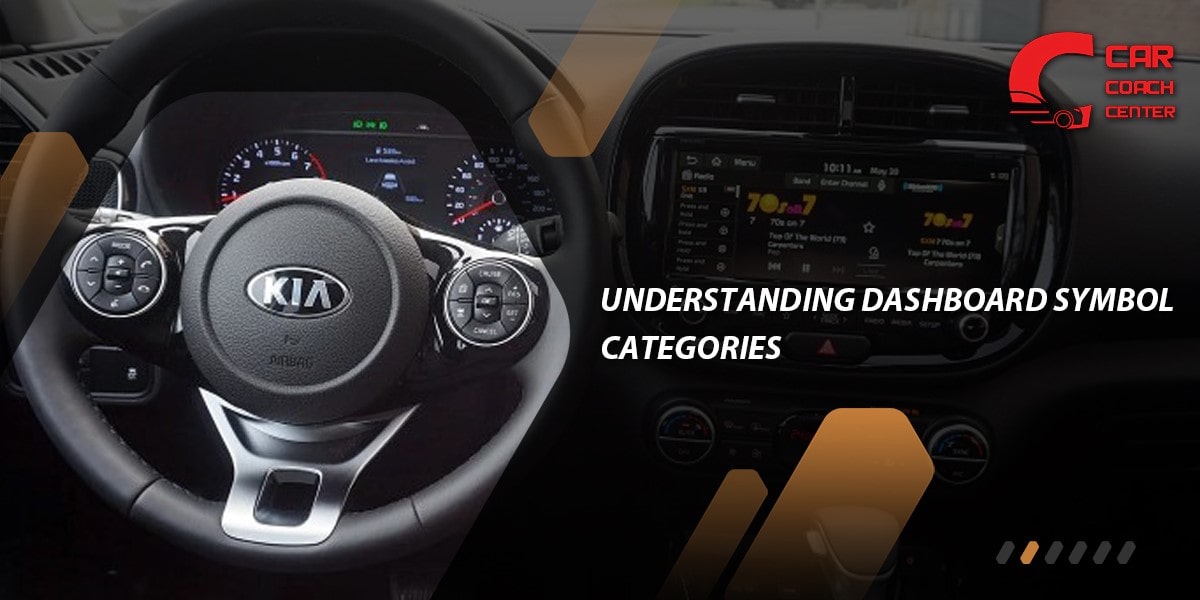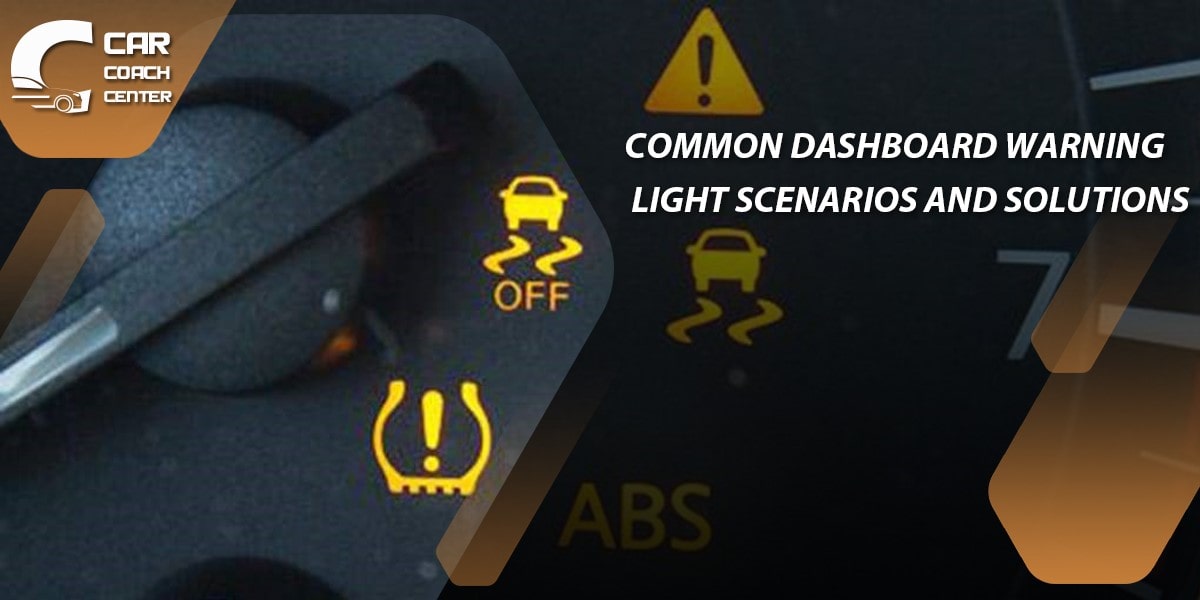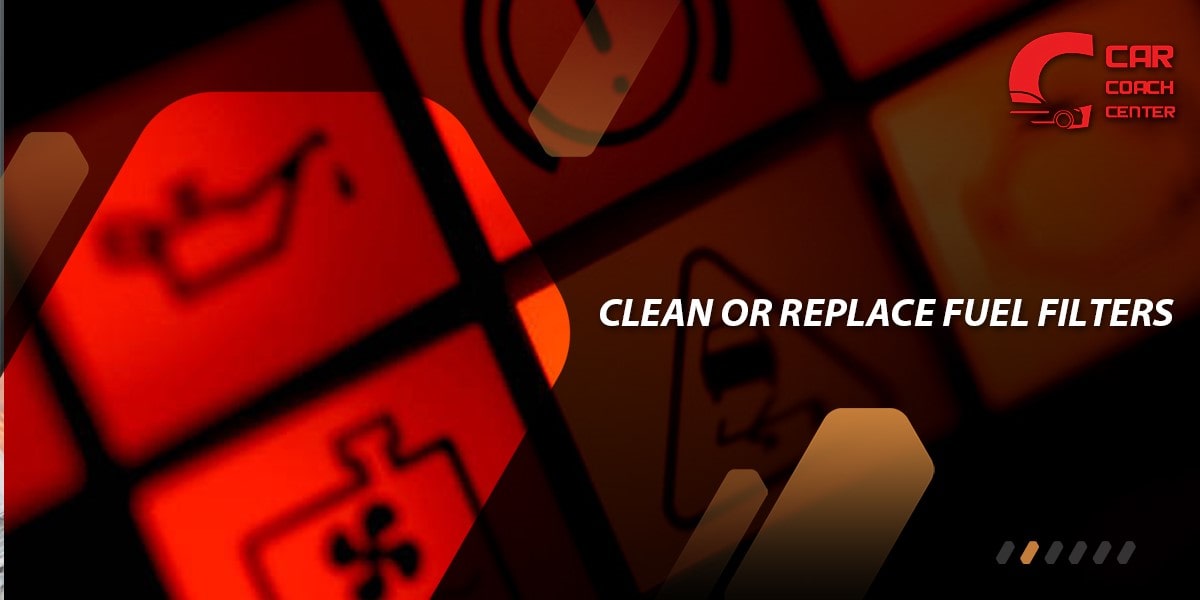Introduction to ford transit dashboard warning lights
Welcome to Car Coach Center’s comprehensive guide on Ford Transit dashboard warning lights. In this article, we will delve into the meanings, troubleshooting techniques, and solutions for the various dashboard warning lights found in Ford Transit vehicles.
Whether you are a Ford Transit owner or simply interested in expanding your knowledge about car coaching and common car problems, this guide has got you covered. So, let’s explore the world of Ford Transit dashboard warning lights together.

Understanding Dashboard Symbol Categories
Indicator Lights and Their Meanings
Indicator lights on the Ford Transit dashboard provide information about various vehicle functions. Familiarize yourself with the following indicator lights:
– Headlight Indicator: Indicates the status of your vehicle’s headlights, such as low beam or high beam.
– Turn Signal Indicator: Alerts you when the turn signals are active.
– High Beam Indicator: Notifies you when the high beam headlights are engaged.
– Cruise Control Indicator: Indicates when the cruise control system is activated.
Warning Lights and Their Meanings
Warning lights on the Ford Transit dashboard demand your attention and require prompt action. Let’s explore some important warning lights:
– Check Engine Light: Signals potential issues with the engine or emission control system.
– Battery Warning Light: Indicates a problem with the vehicle’s charging system or battery.
– Brake System Warning Light: Alerts you to a potential issue with the braking system.
– Tire Pressure Warning Light: Notifies you about low tire pressure or a tire pressure monitoring system (TPMS) malfunction.
Malfunction Lights and Their Meanings
Malfunction lights on the Ford Transit dashboard indicate a specific system or component failure. Here are some significant malfunction lights to be aware of:
– ABS Malfunction Light: Illuminates when there is a problem with the anti-lock braking system.
– Airbag System Malfunction Light: Indicates a fault in the airbag system, requiring immediate attention.
– Power Steering Malfunction Light: Alerts you to a potential issue with the power steering system.
– Transmission Malfunction Light: Signals a problem with the transmission that needs to be addressed promptly.

Common Dashboard Warning Light Scenarios and Solutions
Encountering a dashboard warning light can be stressful. Let’s explore some common scenarios and the corresponding solutions:
Engine-Related Warning Lights
– Check Engine Light: If this light illuminates, it is advisable to have the engine diagnosed by a qualified mechanic to identify the underlying issue. It could be related to the engine, emissions, or other components.
Electrical System Warning Lights
– Battery Warning Light: If the battery warning light comes on, it may indicate a faulty battery, alternator, or charging system. Have the electrical system inspected and repaired as necessary.
Brake and Safety System Warning Lights
– Brake System Warning Light: When this light illuminates, it could indicate low brake fluid, a brake pad wear issue, or a more serious braking system problem. Immediately address the brake-related concern to ensure safe driving.
Fluid-Related Warning Lights
– Tire Pressure Warning Light: If the tire pressure warning light comes on, check the tire pressures and adjust them as needed. If the light persists, it may indicate a TPMS malfunction that requires professional attention.
Troubleshooting Dashboard Warning Lights
Understanding how to troubleshoot dashboard warning lights can empower you to take appropriate action. Here’s a step-by-step guide:
- Assess the Severity: Determine if the warning light requires immediate attention or if it indicates a less critical issue that can be addressed at a later time.
- Refer to the Owner’s Manual: Consult your Ford Transit owner’s manual to identify the specific meaning of the warning light and any recommended actions.
- Check for Obvious Issues: Inspect the vehicle for any visible problems, such as loose connections, low fluid levels, or worn-out components, that may be triggering the warning light.
- Perform Basic Checks: Ensure that the vehicle’s gas cap is properly tightened, the engine oil level is adequate, and the battery terminals are clean and secure.
- Use Diagnostic Tools: If the warning light persists or you are unsure of the underlying issue, consider using an OBD-II scanner or consulting a professional mechanic equipped with diagnostic tools to identify the fault.

Preventive Car Coaching Strategies
Maintaining your Ford Transit and preventing potential issues is key to a trouble-free driving experience. Consider the following strategies:
– Regular Vehicle Maintenance: Adhere to the manufacturer’s recommended maintenance schedule for services such as oil changes, filter replacements, and fluid checks.
– Scheduled Inspections and Servicing: Get your Ford Transit inspected by a qualified mechanic at regular intervals to identify any potential problems and address them proactively.
– Monitoring Dashboard Warning Lights Proactively: Regularly check your dashboard warning lights to catch any emerging issues early on and seek timely assistance.
Diagnostic Tools for Dashboard Warning Lights
When faced with persistent or complex dashboard warning lights, diagnostic tools can provide valuable insights. Explore the following options:
– OBD-II Scanners and Code Readers: Invest in an OBD-II scanner or code reader to retrieve diagnostic trouble codes (DTCs) and gain a better understanding of the underlying issues.
– Diagnostic Apps and Software: Smartphone apps and computer software can help you interpret DTCs, access vehicle-specific information, and perform basic diagnostics.
– Consulting Professional Mechanics and Technicians: When in doubt, seek assistance from experienced mechanics or technicians who have access to advanced diagnostic equipment and tools.
Step-by-Step Guide to Resolving Common Car Problems
To empower you in dealing with common car problems, here is a step-by-step guide for addressing some key issues:
Coolant System Issues and Solutions
- Identify Symptoms: Watch out for signs like overheating, coolant leaks, or a constantly rising temperature gauge.
- Check Coolant Level: Inspect the coolant reservoir and top up if necessary.
- Inspect for Leaks: Look for any visible coolant leaks and address them promptly.
- Flush and Replace Coolant: Over time, coolant can degrade. Consider flushing and replacing the coolant as per the manufacturer’s recommendations.
Transmission Troubleshooting and Repairs
- Recognize Transmission Problems: Symptoms may include slipping gears, delayed engagement, or unusual noises.
- Check Transmission Fluid: Ensure the transmission fluid is at the appropriate level and appears clean.
- Inspect for Leaks: Look for any signs of transmission fluid leaks and address them immediately.
- Seek Professional Evaluation: If the issue persists, consult a qualified technician for a thorough diagnosis and potential repairs.
Electrical System Problem Diagnosis and Fixes
- Analyze Electrical Symptoms: Pay attention to issues like malfunctioning lights, electrical component failures, or battery draining.
- Check Battery Health: Test the battery’s voltage and ensure it is in good condition.
- Inspect Wiring Connections: Look for loose or corroded electrical connections and rectify them.
- Consult an Auto Electrician: If the problem persists, seek the expertise of an auto electrician to diagnose and resolve complex electrical issues.
Fuel System Problems and Resolutions
- Identify Fuel System Symptoms: Look out for symptoms such as poor fuel efficiency, difficulty starting the engine, or fuel odors.
- Check Fuel Pump Functionality: Ensure the fuel pump is operating correctly and providing adequate fuel pressure.
- Inspect for Fuel Leaks: Examine the fuel lines, connections, and fuel tank for any leaks or damage.

- Clean or Replace Fuel Filters: Clogged fuel filters can impact performance. Clean or replace them as needed.
Conclusion
mastering Ford Transit dashboard warning lights is essential for a safe and hassle-free driving experience. By understanding the meanings of various warning lights, troubleshooting techniques, and implementing preventive measures, you can stay on top of car problems and ensure your Ford Transit operates at its best.
Stay tuned for Part 3 of this comprehensive guide, where we will explore common FAQs related to Ford Transit dashboard warning lights and provide additional expert tips. At carcoachcenter.com, we are committed to equipping you with the knowledge and resources to become a confident car owner and driver.
FAQ
What should I do if the Check Engine Light comes on in my Ford Transit?
Have the engine diagnosed by a mechanic to identify the issue and take necessary actions for repair.
Why is the Brake System Warning Light on in my Ford Transit?
The light may indicate low brake fluid, brake pad wear, or a more serious braking system problem. Address it promptly for safe driving.
How can I troubleshoot dashboard warning lights in my Ford Transit?
Assess severity, consult the owner's manual, check for visible issues, perform basic checks, and use diagnostic tools if needed.


